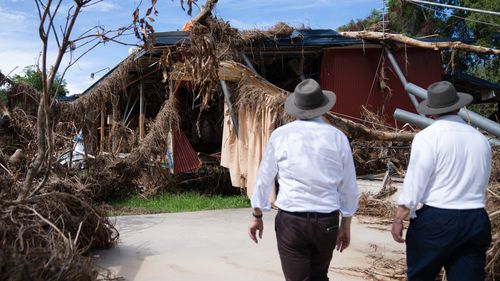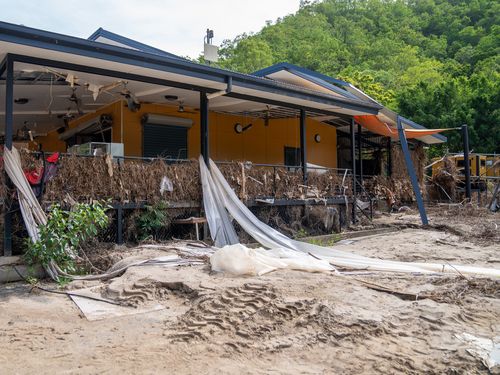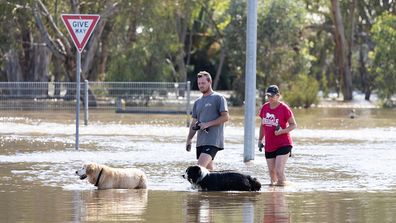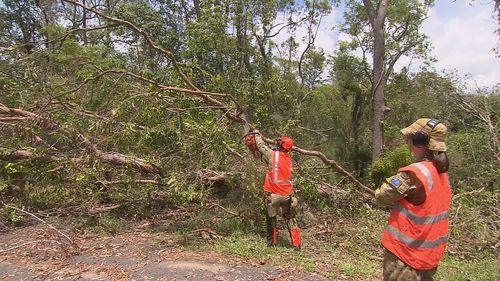Army CH-47F Chinook helicopters and a landing craft will ship in supplies and engineering equipment to isolated communities in the Douglas, Cook and Wujal Wujal regions north of Cairns in the coming days.
The government will also dip into the new National Emergency Management Stockpile for the first time, to provide temporary worker accommodation for emergency services and contractors near Bloomfield, just east of Wujal Wujal and about 120 kilometres north of Cairns.

Queensland called for the latest military assistance, which came after Australian Defence Force personnel helped with evacuations and transporting emergency services workers.
Emergency Management Minister Murray Watt said the request was received last night and accepted within hours, and described the use of the stockpile as “a major first for Australia”.
Prime Minister Anthony Albanese said recovery efforts were well under way.
“But we know there’s still a long recovery ahead,” he said.
“Roads have been completely washed away, access is limited and communities have been isolated for weeks.”


Millions in assistance for flood-hit south-east Queensland
Earlier in the day, Albanese announced millions of dollars of assistance for the state’s south-east, following catastrophic storms over the Christmas period.
The Bureau of Meteorology issued warnings for parts of Ipswich, Logan, and the Scenic Rim early this morning.
The State Emergency Service attended 17 call-outs in Logan, nine in Ipswich and five on the Gold Coast.
The intense rainfall eased throughout the day and a severe thunderstorm warning was cancelled.
The thunderstorm risk is expected to ease tomorrow, before a monsoon begins to develop over the far north-west of the state by the weekend.

Water supply switched off in inundated town
Premier Steven Miles held a joint press conference with Albanese at the Gold Coast disaster management centre this morning, as the prime minister tours flood-hit parts of the state.
Miles said power had been fully restored to all homes by Sunday.
More than 130,000 properties were left without power during last week’s storms.
He said the true scale of the devastation from those storms was only now becoming clear.

“It’s the lightning strikes that tell the story of these storms,” he said.
“Over a similar period last year, we had 38,000 lightning strikes. This year, we had 3.5 million.”
The slew of lightning strikes downed nearly 1,000 power lines and destroyed around 150 power poles.
It took 80,000 work hours to restore connectivity.
The government has been inundated with the largest-ever number of applications for disaster relief grants.

Albanese confirmed an extra $20 million in funds would go to south-east Queensland, with relief grants for affected farmers, small businesses and not-for-profits.
He said affected farmers would be eligible for $75,000 grants and small businesses and not-for-profits for $50,000 grants to help them with clean-up and recovery.
“We know how tough it’s been for people here in south-east Queensland and we know that there’s more to do and we’re determined to do it in a cooperative way across the three levels of government,” he said.






